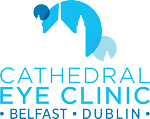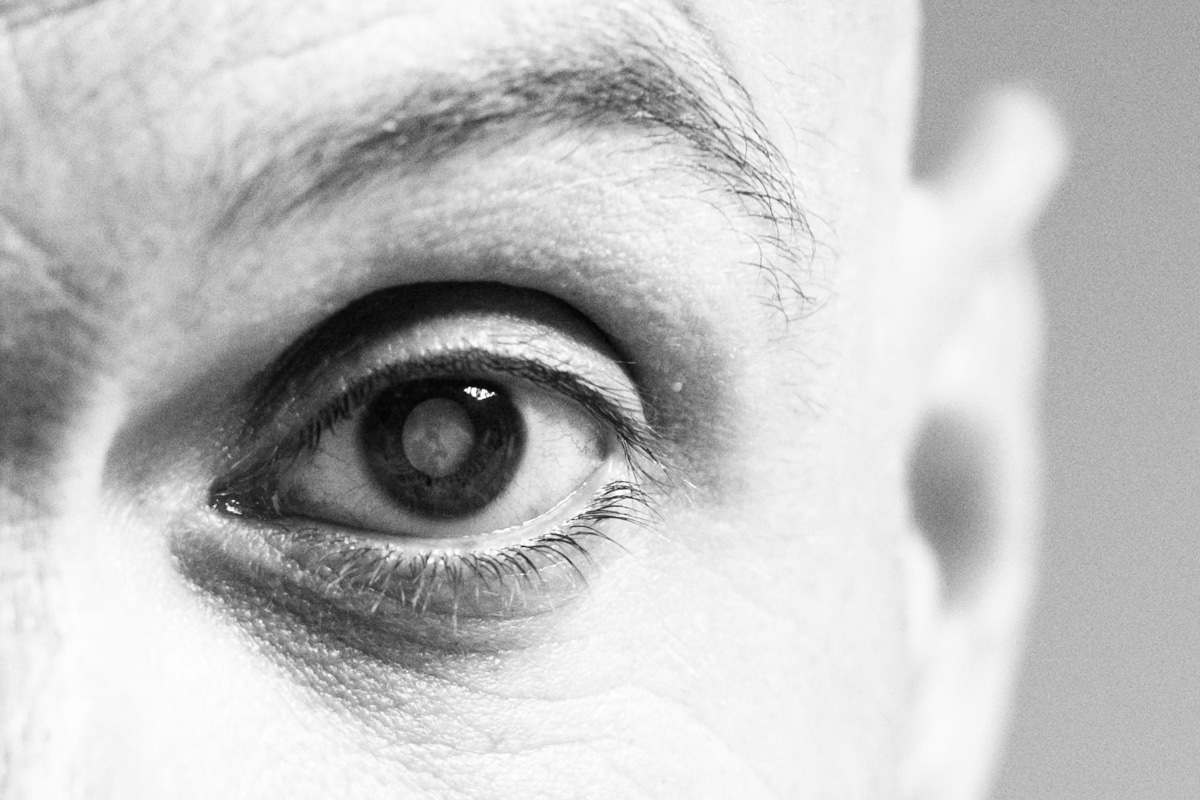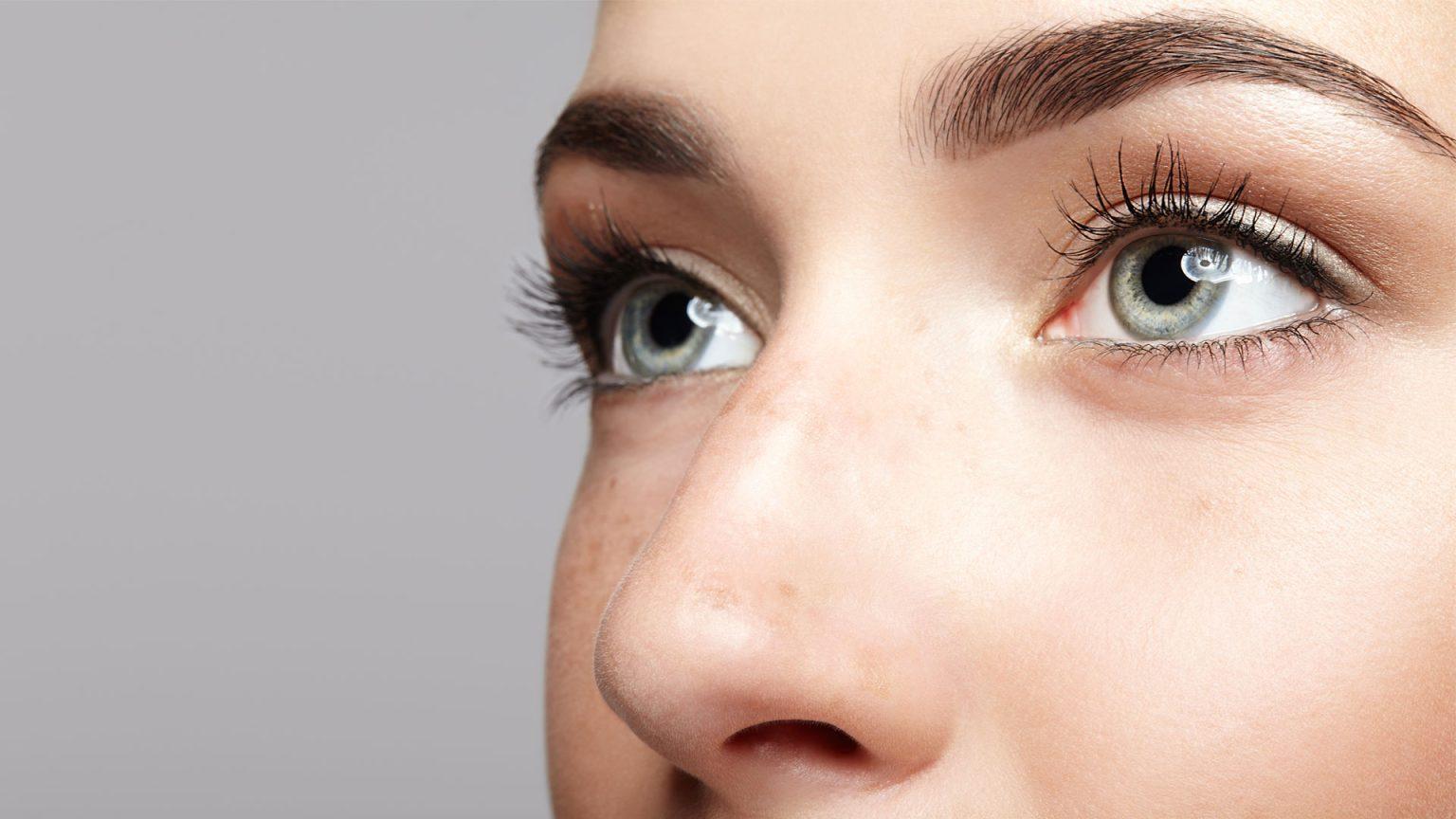What are Cataracts?
Put simply, a cataract is an eye condition which causes a clouding of the normally-clear lens of the eye. As one of the most common eyesight impairments facing patients in the UK, cataract symptoms are well documented.
Cathedral Eye Clinic offer a range of surgeries and other treatments to treat cataracts and other eye conditions. Treatments come with a range of pricing plans to suit every budget.
For patients suffering with cataracts, vision can be obstructed by a clouding effect, similar to frosted glass or dense mist. Whilst cataracts aren’t painful or life-threatening, they can nonetheless make everyday activities considerably difficult (for example, reading, driving, or recognising facial expressions).
Like many medical conditions, the development of cataracts is a gradual, and often age-related process. Whilst a visible cataract won’t disturb your vision when it first appears, it will gradually worsen before it begins to impact on your vision.
Cataract Symptoms
Cataract symptoms are extremely common and are recognised to be more prevalent in patients aged over 55. Cataract symptoms include:
- Visual distortion: Patients suffering from cataracts in one or both eyes complain of a dim, blurred and cloudy effect in their field of vision.
- Sensitivity: As cataracts develop, patients can experience an uncomfortable feeling of sensitivity when trying to focus on light-intensive subjects.
- Visual disturbances: Cataract patients frequently describe seeing halos (rings of light which appear around sources of light) and glares (a glowing effect appearing around sources of light
- Poor night vision: Patients frequently describe a need for brighter light conditions when completing close-vision activities such as reading.
- Colour distortion: Patients in more advanced stages of cataracts complain of a faded, yellowing-effect on colours they perceive.
- Double vision: A common side-effect, cataract patients often complain of suffering from double vision in one of their eyes.
- Changing prescriptions: The development of cataracts may find you needing frequent changes in glasses or contact lens prescriptions (Cathedral Eye Clinic’s pre-treatment assessment will identify the presence of a cataract in your eye).
- Change in appearance: A fully-developed cataract leaves a noticeable cloud in the eye of an affected patient.
If you notice that your everyday life is being impacted by a visual impairment, or if you notice any sudden vision changes (such as flashes of light, pain or double vision), it is essential to seek the advice of a healthcare professional. At Cathedral Eye Clinic, our rigorous and meticulous 11-dimension eye scan and thorough pre-treatment assessment will quickly identify a range of eyesight impairments, including cataracts.
Cataract Causes
Cataracts are an extremely common eyesight impairment. Whilst the causes of cataracts are not singularly defined, it is generally accepted to be connected to the natural ageing process. However, the condition can also be developed if any injury alters the later of tissue which forms the lens of your eye.
Cataracts can also be formed as a result of genetic inheritance, as well as the presence of other health conditions (such as diabetes) and other eyesight impairments. It is also accepted that extensive and long-term use of steroid medication can encourage the development of cataracts.
Cataract Formation and Types
Cataracts form in the lens of your eye (for reference, this is located behind the iris – the coloured part – of your eye. In healthy eyes, light is focused by the lens, projecting sharp and clear images onto the retina.
The natural ageing process experienced by all of us leads to a gradual lessening of the lense’s flexibility and thickness. This is a process which is hastened by other medical tissues, leading to a further breakdown and clumping together of the cloudy area within the lens.
As the condition continues to develop within the eye, this clouding effect becomes more prominent, occupying larger and larger portions of the lens. This spreading effect obstructs rays of light attempting to permeate the lens, meaning that patients will be prevented from seeing a sharply-defined image. Blurred and distorted vision is the most common end-result.
There are four main kinds of cataracts:
- Nuclear cataracts: This cataract affects the centre of the lens, and gradually causes a yellowing or browning of the lens. This form of cataract can present patients with difficulty when distinguishing between shades of various colours.
- Cortical cataracts: This form of cataract forms upon the edges of the eye’s lens, and tend to begin as triangular wedges on the outer edge of the cortex. This interferes with the passage of light rays through the lens and onto the retina.
- Posterior subcapsular cataracts: The type of cataract develops are the back of the lens, and starts as a tiny opaque area which blocks paths of light. This can interfere with everyday activities such as reading and driving, with side effects such as halos and light glare.
- Congenital cataracts: These are cataracts which patients are either born with or are developed during childhood. Whilst congenital cataracts may be genetic, the condition can also be developed as a result of intrauterine infection or trauma.
Cataracts Risk Factors
Whilst cataracts are primarily age-related, certain factors can encourage their development. Cataracts risk factors include:
- Unhealthy weight & obesity.
- High blood pressure.
- Ageing.
- Diabetes.
- Smoking.
- Excessive alcohol intake.
- Excessive and prolonged intake of steroid medication.
- Sun damage to eyes
Cataract Prevention and Treatment
Whilst no evidence exists around the prevention of cataracts, it is generally agreed that some lifestyle measures may slow their progression:
- Have regular eye exams.
- Abstain from smoking.
- Opt for a healthy diet.
- Appropriate management of other conditions (such as diabetes).
- Take measures to protect your eyes from sun damage.
Cataract surgery is one of the most common procedures carried out by the expert team at Cathedral Eye Clinic. Our dedicated team of experienced local consultants can help to swiftly identify which treatment is right for your eyes.
Learn aboutcommon eye conditions such as Short-Sightedness and Long-Sightedness with Cathedral Eye Clinic.
Bring your world into focus. To hear more about our treatments, our free suitability assessments or to book a consultation, get in touch with Cathedral Eye Clinic today.








